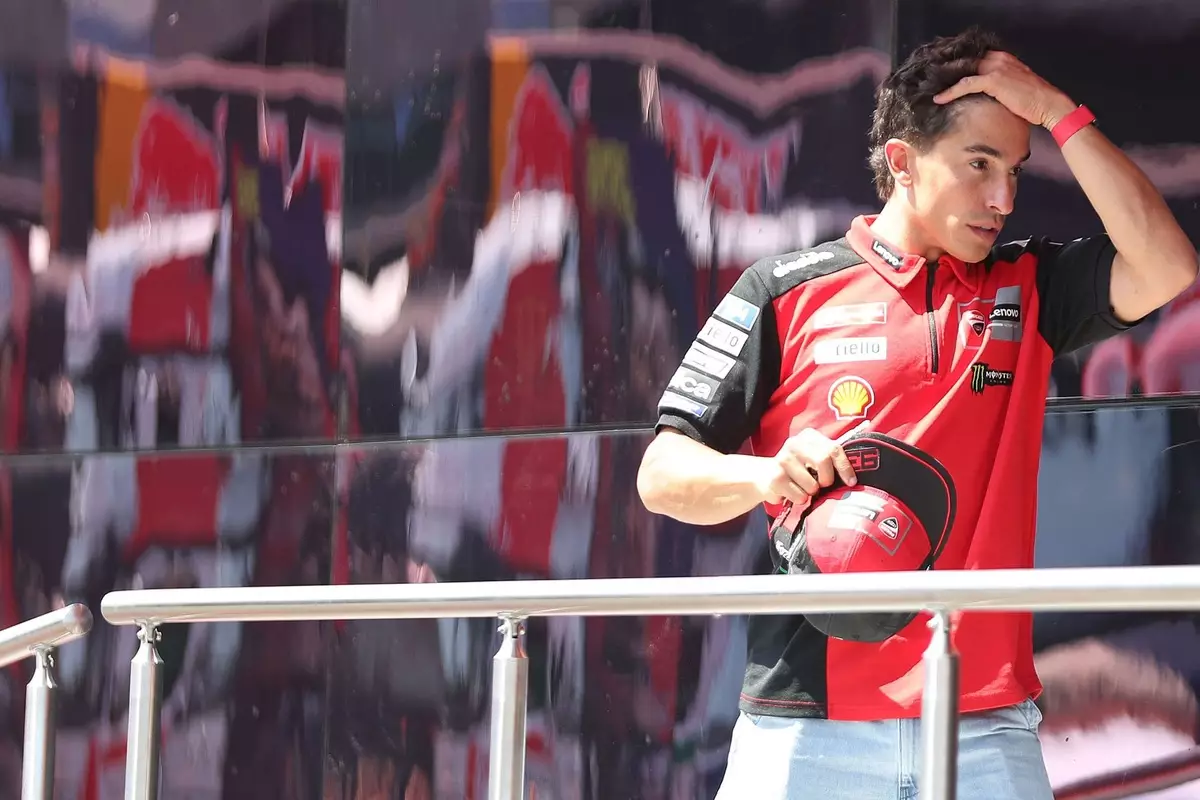The introduction of new electronic aids in MotoGP has ignited a fierce debate, revealing a fundamental clash between progress and the core values of rider skill. While racing series frequently adopt technological enhancements to boost safety and performance, this latest shift challenges the traditional notion that rider skill should be the dominant factor on the track. The implementation of stability control software at the Austrian Grand Prix exemplifies this tension—intended to prevent dangerous crashes, yet criticized for diluting the very essence of racing excellence. The pushback from top riders like Marc Marquez and Pedro Acosta underscores their skepticism about whether such innovations genuinely serve safety or inadvertently undermine the sport’s authenticity.
Riders’ Dissent: Preservation of Skill and Spirit
Marc Marquez, a multiple-world champion with a career sufficiently scarred by highside crashes, voices a concern that resonates deeply within the paddock. To him, electronic aid systems, while perhaps well-intentioned, narrow the margin of rider influence over the motorcycle. His firsthand experience with high-risk crashes leads to a cautious perspective: adding more electronics, even under the guise of safety, risks turning racehorses into overly controlled machines. Marquez’s critique isn’t merely about personal preference; it’s about preserving the challenge that makes motorcycle racing compelling. His assertion suggests that relying too heavily on electronic interventions could erode the raw skill and tactical finesse that define top-tier competition.
Pedro Acosta echoes this sentiment, emphasizing that each new aid tends to compound the overall reliance on electronics rather than fostering rider independence. Coming from a young prodigy admired for her natural talent, Acosta’s call to revert to removing aids aligns with a philosophy that values human mastery over technological crutches. His stance highlights a broader concern: if every aid is incrementally removed, riders will be forced to hone their skills back to their purest form, restoring the sport’s integrity.
The Industry’s Perspective: Balancing Safety and Competition
Manufacturers and team representatives often present a contrasting view, emphasizing that electronics like stability control are vital for rider safety. Aprilia’s Marco Bezzecchi succinctly captures this argument, claiming that while electronics may diminish a rider’s lead at times, eventual mastery will restore the competitive edge. This perspective suggests that aids are a temporary hurdle—tools that, once understood, can be managed and even exploited to the rider’s advantage. The argument hinges on the idea that, eventually, the best riders will adapt and outperform electronic limitations, maintaining the sport’s unpredictability.
However, the controversy unveils a deeper philosophical divide. Is the purpose of MotoGP purely to test human skill, or should safety and technological innovation be prioritized? The sport is increasingly caught in the crossfire of these competing claims. The regulatory moves toward banning ride height devices and aerodynamics modifications cite a similar intent to curate rider skill as the primary determinant of success, yet the shifting stance on electronics suggests an inconsistent approach—one that perhaps inadvertently champions technology as a necessary evolution rather than an obstacle to be removed.
The Future of Racing: A Delicate Equilibrium
As MotoGP grapples with these pressing concerns, it becomes clear that the sport stands at a crossroads. The temptation to lean into technological advancements—perceived as safety nets—clashes with the desire to preserve a pure form of competition rooted in human mastery. The debate is not merely technical; it reflects a fundamental question about the identity and values of motorcycle racing.
The current scenario reveals that younger riders like Acosta may advocate for a future where electronics are minimized, reinforcing the importance of instinct, technique, and rider judgment. Conversely, manufacturers and organizers might see these systems as necessary evolutions to keep the sport accessible, safe, and exciting for fans, especially amid increasing risks. Navigating this delicate balance requires more than technical adjustments; it calls for a philosophical reconsideration of what makes racing meaningful in the modern era.
In the end, the ongoing dialogue about stability control and rider aids signifies more than just technical specifications—it embodies the sport’s struggle to define its soul in an age of rapid technological change. Whether electronic systems serve as crutches or safety nets, their influence will invariably shape the future of MotoGP’s thrilling, human-driven spectacle.


Leave a Reply